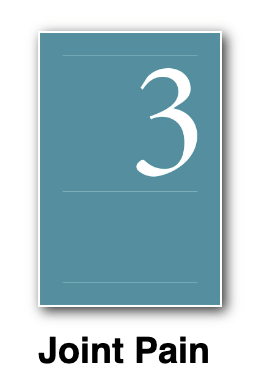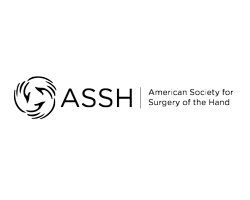Chronic Joint Pain
Joint Pain | Joint Denervation Surgery
Chronic joint pain occurs more frequently than most appreciate. Given the aging population and pressures to remain productive and active, these numbers continue to increase. If you are suffering from chronic pain in some joint you understand its profound effect on the quality and productivity of your life.
Joint denervation surgery could possibly provide lasting pain relief for you. Your joint pain may have been caused by direct trauma to the joint or surrounding nerves. Alternatively, it may be post-surgical pain or chronic arthritis with no other treatment options.
First, it is important that you have addressed the structural or mechanical problems regarding your joint pain with your orthopedist, extremity surgeon, or podiatrist, as joint denervation surgery in general is not a primary treatment. Most patients have pain relief with traditional musculoskeletal therapies but varying percentages will have persistent or chronic pain. Some patients will have benefited from a course of pain management therapy with a specialist. This sometimes breaks the cycle of pain or bridges the gap while natural healing courses take place. However, if the pain has not subsided, or if you are unable to wean off undesirable pain medications, then you should consider being evaluated for joint denervation surgery.
Joint denervation surgery is not a novel idea. This procedure has been around since the 1950’s. However, like nerve decompression surgery, the application of this proven surgical technique has been under-utilized until recently. Now, the technique is being applied to multiple types of refractory chronic joint pain.
All joints have sensory nerves that provide pain fibers to its surrounding capsule. These nerves can be injured or may provide the pathway or conduit for the pain to travel through. Remember, pain is a feedback stimulus and is transmitted from periphery to the central nervous system (CNS, brain and spine). If you have pain, it is traveling through some nerve or multiple, smaller branches that lead to a common pathway. Joint denervation surgery removes a segment of the damaged nerve in order to disrupt or remove the chronic signal.
The result of joint denervation is a significant or complete relief of pain. When the pain is relieved, often range of motion will improve because pain is no longer preventing the motion. Muscles begin to work within a more natural range and become strong again. In the lower extremity, joint denervation can re-establish more normal walking patterns. The ultimate goal is a better to function allowing more normal work or life activities.
*Please note: Joint Denervation Surgery is not a treatment for acute or incidental pain regardless of intensity.*




















